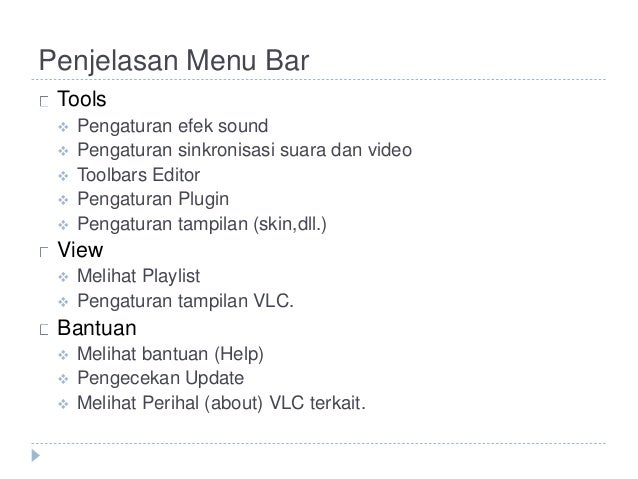
EPAS1 promotes pexophagy because reduction of peroxisome abundance is suppressed after inhibition of autophagy with 3-methyladenine (3-MA) in vhl −/− mice and in liver-specific, autophagy-deficient atg7 −/− mice expressing a constitutively active EPAS1 variant. Reduction of peroxisome abundance is mediated by EPAS1, because, with respect to the peroxisomal phenotype, we observed a striking rescue in vhl −/− epas1 −/− but not vhl −/− hif1a −/− mice.

Peroxisome abundance is significantly decreased in livers of vhl −/− mice, whereas ER and mitochondrial protein levels are not affected. Specifically, we examined the effect of HIF signaling on hepatic peroxisome abundance in control and liver-specific vhl −/−, vhl −/− hif1a −/−, and vhl −/− epas1 −/− mice.

Hypoxia or loss of VHL function results in the stabilization of the HIF- α subunits and activation of their signaling, providing an experimental model system to study peroxisome homeostasis in the context of HIF signaling. The HIF- α subunits are targeted by the VHL protein for ubiquitination and subsequent proteasomal degradation under normoxia. Since peroxisomal function depends highly on molecular O 2 due to the various oxidative reactions, we hypothesized that regulation of peroxisome homeostasis may be directly linked to O 2 availability and the regulatory system of O 2 signaling. A general rule applicable for both yeast and mammalian cells is that environmental conditions that require peroxisomal metabolism cause peroxisome proliferation, followed by degradation of the organelles via pexophagy when they are no longer required. Their importance is stressed by the existence of genetic disorders in which the biogenesis of the organelle is defective, leading to complex developmental and metabolic phenotypes.

They play essential roles in reactive oxygen species and lipid metabolism. Peroxisomes are ubiquitous and highly dynamic organelles whose number, size, and function are dependent on metabolic needs and cell type.


 0 kommentar(er)
0 kommentar(er)
